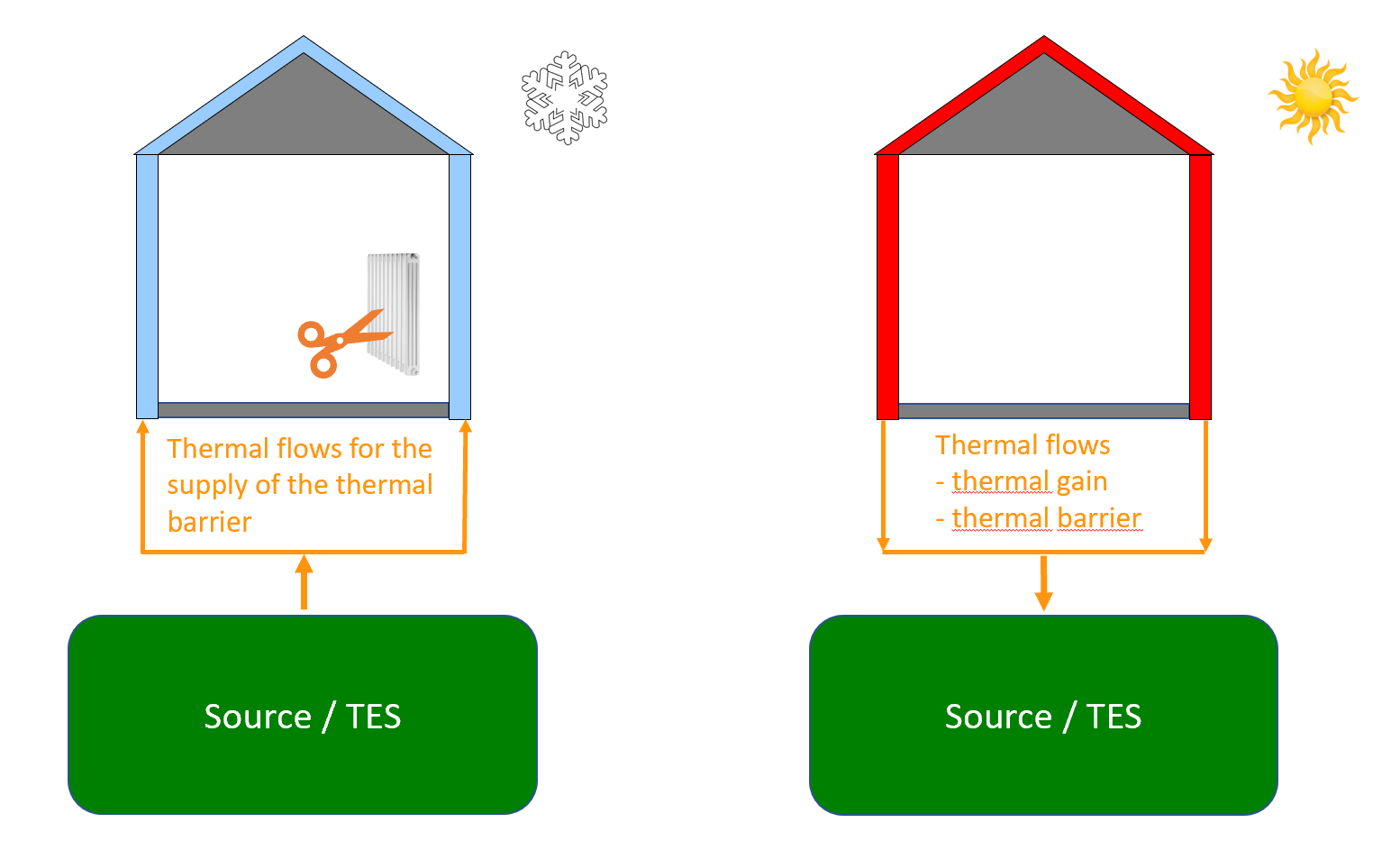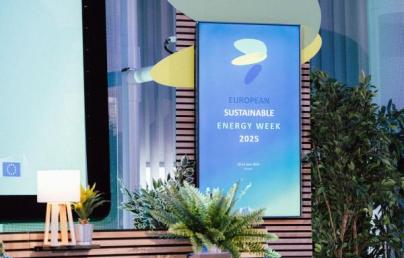
Air conditioning thanks to active thermal insulation

Air conditioning thanks to active thermal insulation
Sustainable solution for summer air conditioning through active thermal insulation to obtain optimal comfort and marginal energy consumption.
Environmental sustainability is a priority, and the air conditioning industry is looking for innovative solutions to reduce environmental impact without compromising comfort. In this context, the proposal of the ENERGAID active thermal insulation technology, deriving from an experimentation relating to a pilot plant for cheese maturing carried out in Italy, which demonstrated how active thermal insulation can guarantee a controlled temperature environment in efficiently, without the use of heat generators or coolers. The characteristics of this technology offer intriguing opportunities also in the field of residential and commercial air conditioning.
A proposal for summer air conditioning
The pilot plant in Italy has revealed the potential of ENERGAID technology in the field of sustainable summer air conditioning. This system, based on active thermal insulation, has proven to be able to control the internal temperature efficiently and without the use of refrigeration machines. Renewable energy (hydrothermal source in this case) played a fundamental role in keeping the environment at an optimal temperature, while electricity was used only for the circulation of the heat transfer fluid. The proposed active thermal insulation system involves the use of thermal sources, albeit of various types, always external to the insulation itself.
Efficiency and sustainability
One of the distinctive features of ENERGAID is its energy efficiency. During the 18 months of plant operation, the controlled temperature environment was maintained at 17°C +/- 1K; the average electricity consumption (24/24) was only 480 Wh/year per square meter of wall/roof. Another distinctive feature of sustainability is the construction of the casing contained at a thickness of about 100 mm and an operating weight slightly lower than the 11 kg/m2 of envelope.
Cooling
The active thermal insulation technology acts as a thermal barrier against the heat coming from the higher temperature external environment. This system captures the thermal flow inside the insulating layer through the heat transfer fluid; this strategy reduces the cooling needs only to the thermal loads generated in the internal environment.
Unlike usual, it is possible to use the captured thermal energy to feed the thermal insulation active in the cold season, if this can be useful. This aspect can be explored further.

ENERGAID System
Comfort
The operating characteristics of ENERGAID are therefore such as not to impose forced air movement systems and the internal surface temperatures of the casing are both favorable circumstances for obtaining a high level of comfort for users.

